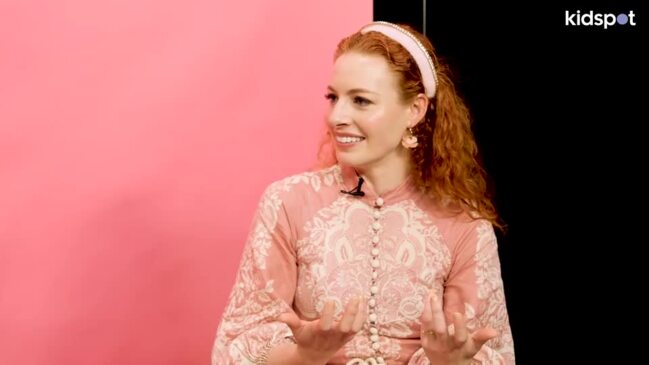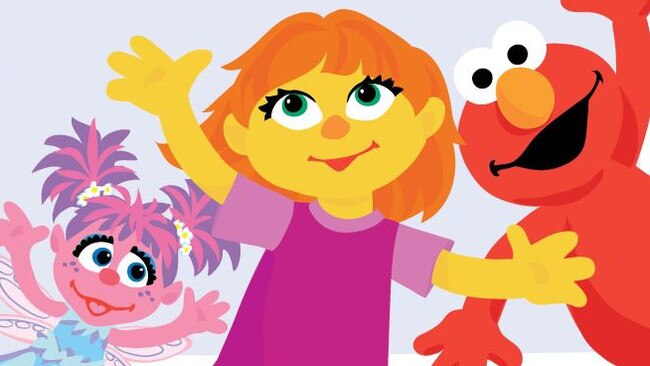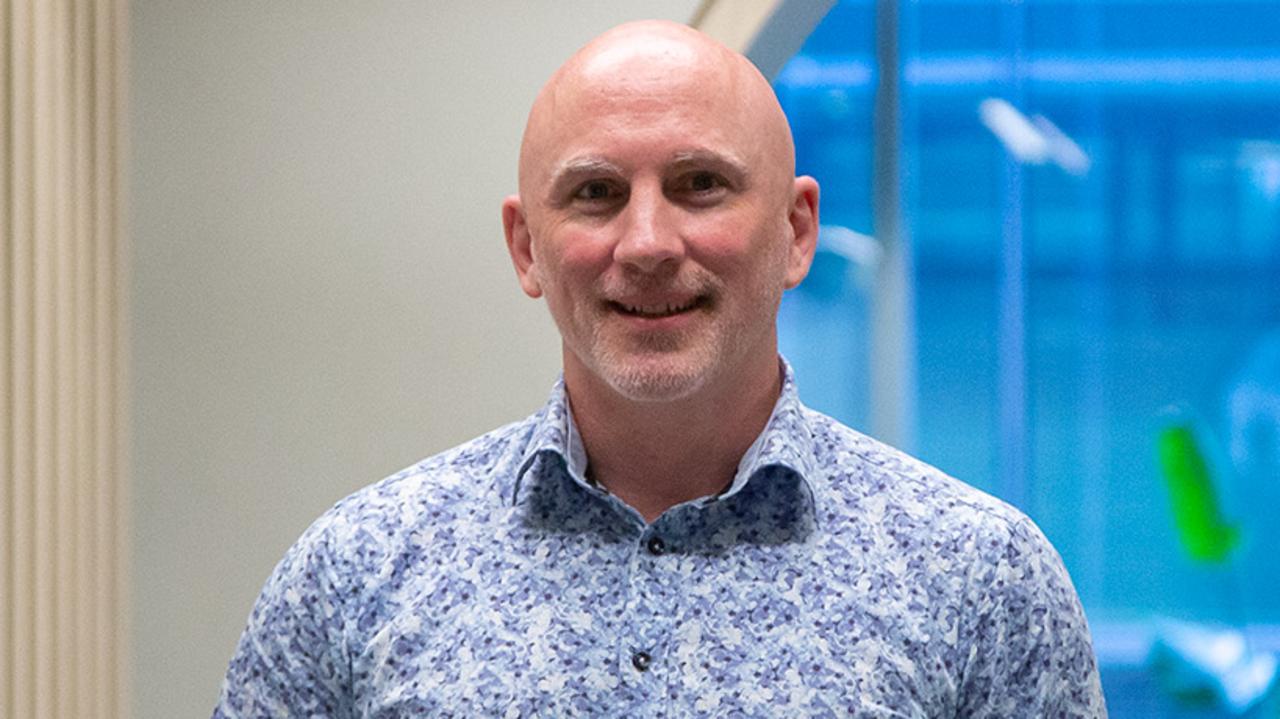How former Wiggles star Emma Watkins is leading the way in diversity in TV
Former Wiggle Emma Watkins is working to bridge the gap between the hearing and the deaf. See how fans inspired her new mission.

SmartDaily
Don't miss out on the headlines from SmartDaily. Followed categories will be added to My News.
Former Wiggles star Emma Watkins is on a personal mission to help bridge the gap between the deaf and the hearing while educating an entire generation of children on its importance.
Using her new child entertainer persona Emma Memma, Watkins wants to see the use of Auslan sign language increased across Australia so all important messaging is accessible to the hearing-impaired.
“I have many friends in the deaf community and Auslan has always been on my mind … but we haven’t been able to access it until now. It’s made us all upset,” Watkins, 33, says.
“Sometimes I’ll be doing interviews and later my deaf friends said there were no captions so they missed out on the messaging.
“We’ve made a policy (for Emma Memma events) that there needs to be an interpreter for any media opportunities. They were used for the coronavirus and bushfire updates. We’ve got a long way to go as a society.”

Watkins is leading by example with her upcoming book series Hello, Emma Memma featuring an ebook and audiobook accompanied by an Auslan video translation to allow children with hearing loss to follow along on the adventure.
Her TV show already incorporates sign language, gestures and mime.
Watkins says fan interest played a role in her decision-making.
“That’s been one of the highest comments we’ve had on social media … people are now interested, hence why we’ve led with a strong Auslan foundation,” she says.
BREAKING NEW GROUND
Emma Memma’s program follows a plethora of children’s shows featuring characters that advocate for inclusion for people with disabilities.
ABC’s head of children’s content Libbie Doherty says authentic representation has significantly changed in the past decade – from Sesame Street’s Julia, a Muppet with autism, to Play School performer Kiruna Stamell, who has dwarfism.
“Many children’s programs now feature characters living with a disability in lead and secondary roles as well as an increase in adult presenters working on children’s shows,” Doherty says.

“In 2022, Joe Brumm, the creator of Bluey, introduced a new character, Dougie – who is deaf and uses Auslan to communicate with his mum – into an episode called Turtleboy. The episode highlights the similarities between Dougie and Bingo, showcasing that even though Dougie is deaf, he is just like Bingo in every other way.”
Paediatric psychologist Amanda Abel agrees.
“International programs like Pablo portray characters with autism, and one of Avatar’s characters is blind. However, this seems to be lacking on Australian TV,” she says.
LEADING THE WAY
A 2016 Screen Australia study found only 4 per cent of main characters in TV shows had an identified disability compared to an estimated 18 per cent of Australians.
While inclusion of children with a disability has increased, there is room for improvement, says Dr Martin Laverty of Aruma, Australia’s largest not-for-profit disability service provider.
“You can’t be what you can’t see … that’s why it is so important that children’s free-to-air and streaming services show every kid that disability is part of everyday normal life,” Laverty says.
“I encourage Aussie content producers to include people with a disability to better represent our population, and help children and others with a disability be what they can see.”
Watkins says: “People don’t realise there are amazing deaf artists in Australia that have such a plethora of knowledge around Auslan.
“They see the world visually … that’s what we should be embracing and spotlighting.”
Hello, Emma Memma will be available in bookstores on February 28

DIVERSITY ON TV
Benefits of including characters or presenters with disabilities on screen:
Removes stigma: Presenters with a disability, such as Sofya from Play School who grew up profoundly deaf, would help to normalise the experience of children with a disability and also educate other viewers and consequently reduce stigma around differences.
Creates understanding: Awareness among presenters who don’t have a disability is essential in moving towards inclusion so that our children can be educated in a motivating way about the experiences of their peers with disabilities.
Promotes inclusivity: Children’s attitudes towards these important issues will shape inclusivity in the future. Research has shown that exposure to positively portrayed characters with disabilities on television can have a significantly positive effect on children’s attitudes towards individuals with a disability.
Source: Paediatric psychologist Amanda Abel
Originally published as How former Wiggles star Emma Watkins is leading the way in diversity in TV





